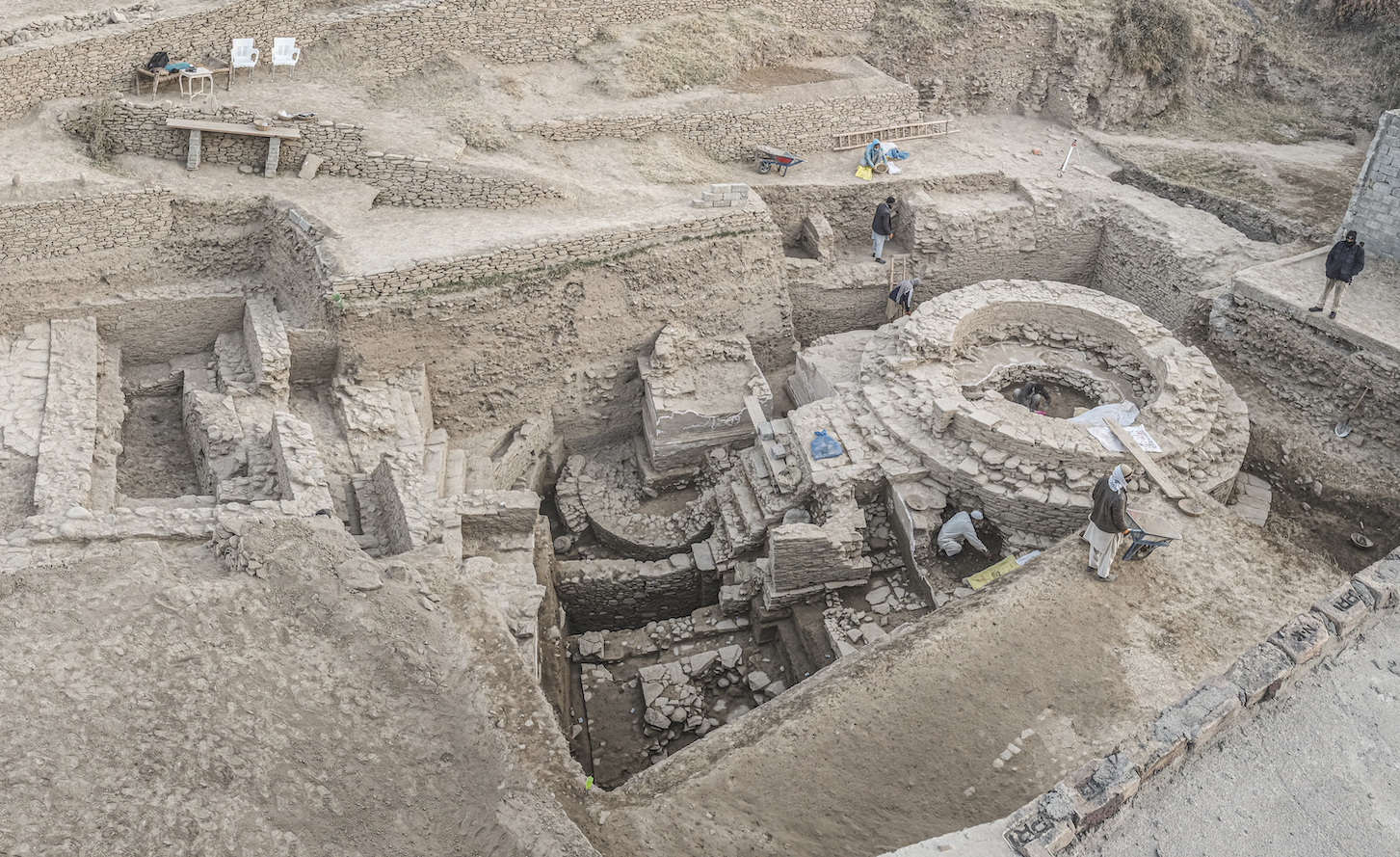XI’AN, CHINA—Science News reports that high-resolution muon scans of the 650-year-old ramparts surrounding Xi’an’s historic center have revealed fluctuations in the density of one section of the wall. Located in central China, Xi’an was the capital of the Zhou, Qin, Han, and Tang Dynasties, and the eastern end of the Silk Road. Some sections of these fortress walls are up to 40 feet tall and 60 feet thick. Muons are produced when cosmic rays contact Earth’s atmosphere. As they fall to the ground, muons are scattered or absorbed depending on what sort of material they encounter, and can be tracked with sensors. Nuclear physicist Zhiyi Liu of Lanzhou University said the anomalies detected in Xi’an’s wall could be construction flaws or perhaps hidden structures. Conservationists will now determine how to investigate the potential anomalies, he concluded. To read about 2,000-year-old bronze mirrors unearthed at a cemetery in the Xi'an suburbs, go to "Mirror, Mirror."
Anomalies Detected in Walls Surrounding Ancient Capital in China
News February 1, 2023
Recommended Articles
Features November/December 2024
The Many Faces of the Kingdom of Shu
Thousands of fantastical bronzes are beginning to reveal the secrets of a legendary Chinese dynasty

Digs & Discoveries May/June 2024
Hunting Heads


Features November/December 2023
China's River of Gold
Excavations in Sichuan Province reveal the lost treasure of an infamous seventeenth-century warlord

-
Features January/February 2023
Jungle Realm of the Snake Queens
How women ascended the ranks in the highstakes world of Maya politics
 (Adobe Stock)
(Adobe Stock) -
Letter from Ethiopia January/February 2023
Exploring a Forgotten Jewish Land
Using oral history, texts, and survey, archaeologists search for traces of a once-vibrant religious community
 (Courtesy JewsEast Research Project)
(Courtesy JewsEast Research Project) -
Artifacts January/February 2023
Byzantine Solidus Coins
 (Dafna Gazit/Courtesy Israel Antiquities Authority)
(Dafna Gazit/Courtesy Israel Antiquities Authority) -
Digs & Discoveries January/February 2023
An Undersea Battlefield



